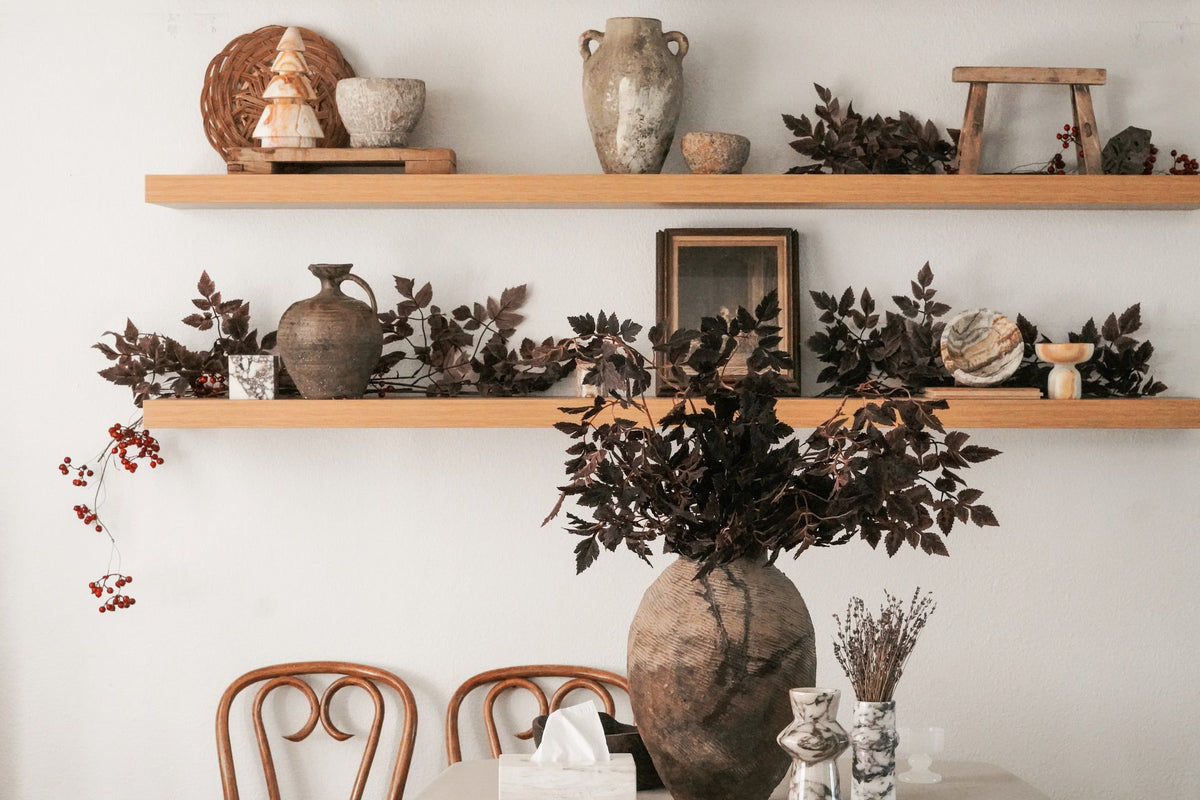In today's rapidly advancing and digitally-driven society, the pursuit of perfection often dominates our lives. We are constantly surrounded by highly polished images, flawless designs, and fast-paced innovations that fuel our desire for more. In stark contrast to this prevailing ethos, the ancient Japanese aesthetic philosophy known as "wabi-sabi" offers a serene and refreshing alternative by celebrating the beauty found in imperfection and impermanence.
The Origins of Wabi-Sabi
Wabi-sabi is deeply rooted in Zen Buddhism and Japanese tea ceremony culture. The philosophy is said to have originated in the 15th century, influenced by the teachings of Sen no Rikyū, a revered tea master. Over time, wabi-sabi evolved into a guiding principle that reflects humility, simplicity, and acceptance of the transient nature of life.
Wabi is often interpreted as a form of simple, rustic beauty, characterized by modesty, solitude, and the appreciation of nature's subtle elegance. Sabi, on the other hand, represents the beauty of age and wear, embodying the passage of time and the acceptance of life's impermanence.
Principles of Wabi-Sabi Design
At the core of wabi-sabi is the belief that true beauty lies not in perfection, but in natural cycles of growth and decay. In interior design and architecture, the principles of wabi-sabi are embraced through various elements that emphasize authenticity, simplicity, and the beauty of imperfections.
-
Natural Materials
Wabi-sabi design embraces the use of natural materials such as wood, stone, clay, and linen. These materials, with their inherent textures and irregularities, infuse spaces with warmth and authenticity. -
Organic Shapes and Forms
In wabi-sabi interiors, you will find asymmetrical shapes, uneven surfaces, and irregular forms. Rather than striving for perfect alignment, these organic shapes create a sense of fluidity and balance that is closer to nature. -
Muted and Earthy Tones
Wabi-sabi favors a muted color palette drawn from nature: soft whites, earthy browns, subdued greens, and deep grays. These tones evoke tranquility and seamlessly blend with organic materials. -
Handcrafted and Artisan Objects
Handcrafted items like pottery, textiles, and wooden furniture embody the uniqueness and imperfections valued in wabi-sabi. Artisanal objects tell stories of their creators and often feature visible signs of the handmade process. -
Minimalism and Clutter-Free Spaces
Wabi-sabi encourages a minimalist lifestyle by removing excess and celebrating only what is essential. Spaces should be clutter-free, allowing room for quiet contemplation and reflection. -
Patina and Aging
Embracing signs of wear and the passage of time is central to wabi-sabi. Whether it's a weathered wooden beam or a patinaed metal vase, aging materials add character and depth to the design.
Wabi-sabi design stands as a gentle reminder that life is fleeting and imperfections are a natural part of existence. By embracing this philosophy, we can create spaces that inspire us to slow down, find joy in simplicity, and appreciate the beauty of life's impermanence. Whether it's a weathered wooden table or a hand-thrown ceramic bowl, wabi-sabi invites us to cherish the unique stories behind each imperfection and revel in the tranquility of a well-lived life.





